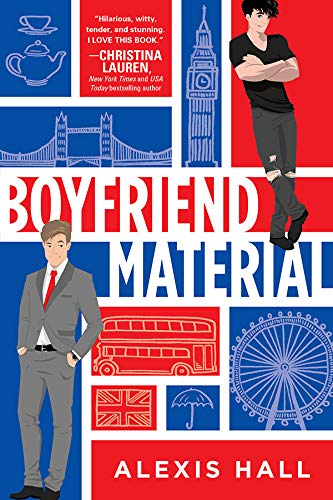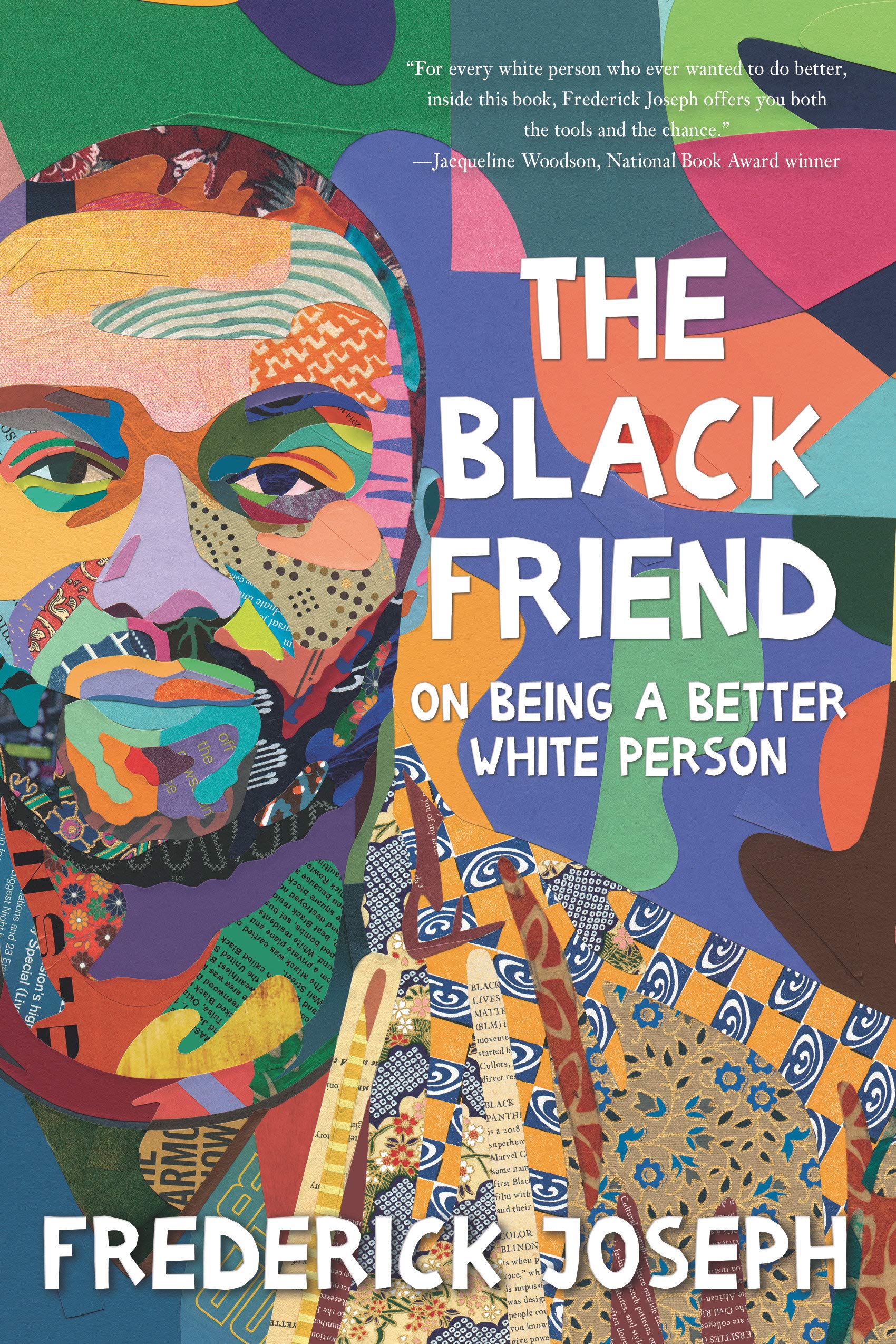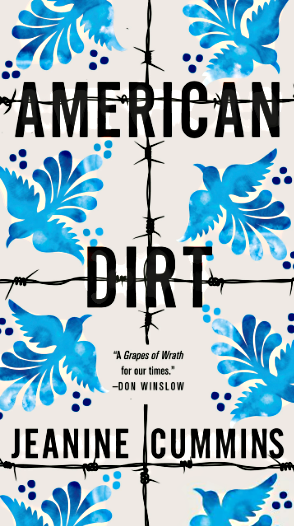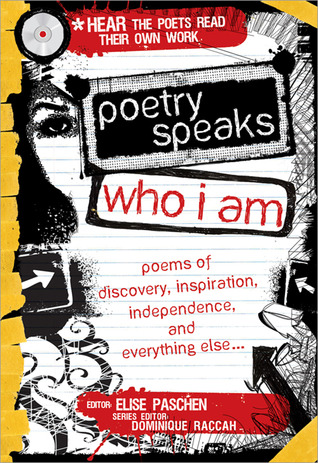Romance Novels
by Rhonna Hargett, Associate Director of Learning & Information Services
 The romance genre sometimes gets a bad reputation, but I have always enjoyed reading about how other people work through their struggles and find happiness. In the last few years, I started hearing more about fantastic diverse romance novels. Within the comfort of my favorite books, I get a glimpse into lives that are different than my own. Here are some of the best I’ve read.
The romance genre sometimes gets a bad reputation, but I have always enjoyed reading about how other people work through their struggles and find happiness. In the last few years, I started hearing more about fantastic diverse romance novels. Within the comfort of my favorite books, I get a glimpse into lives that are different than my own. Here are some of the best I’ve read.
I have to start off with one of my favorites, “A Phó Love Story” a young adult novel by debut author Loan Le. Bao and Linh are both the children of Vietnamese immigrants, they both work in their parents’ Vietnamese restaurants, and they both go to the same high school, but in spite of everything they have in common, they have only talked once. When they were small children, they had a delightful hour playing together before their parents came along and made it clear that a family rivalry existed that would make it very difficult for them to become friends. Linh lives to create art, but her parents want her to go into a more practical career, like engineering. Bao drifts through life without much direction, managing to do “fine,” but still not near the excellence that his older brother has achieved. When Bao sees Linh behind her family’s restaurant experiencing a very bad day, they form a secret friendship that changes their lives and families forever. Touching on the trauma of the flight from Vietnam and the racism faced by immigrants, Le still creates a hopeful and humorous story of young love.
In “The Dating Plan” by Sara Desai, Daisy Patel is tired of the suitors that her family continually forces her to meet. She thinks her life is full enough with her software engineering job. Then she literally runs into the guy that broke her heart ten years ago when he never showed up for their prom date. Liam Murphy has come a long ways in the world since the night he lost his best friend and missed finally taking out the girl he had been crushing on for years. Now a successful venture capitalist, known for his womanizing ways, he is completely thrown off-track by seeing Daisy again. When Liam finds out that he has to get married to get his inheritance, he hopes to take advantage of Daisy’s desire to get her family off her back by convincing her to join him in a fake marriage. “The Dating Plan” is a funny and heartwarming story of how love and hate are two sides of the same coin.
We step into the past with “An Unconditional Freedom” by Alyssa Cole. Daniel Cumberland is a member of the loyal league, an organization of Black spies that are conspiring to overthrow the Confederacy in the Civil War. Although he was born free, Daniel was once kidnapped and sold into slavery, and still carries the trauma with him. When he is partnered with Janeta Sanchez, the daughter of a Cuban plantation owner and an enslaved woman, his anger and inability to trust threaten their ability to work together. Janeta is a double-agent, but she learns from her work in the league that her privileged upbringing has skewed her perception of the War. Well-developed characters and a gripping plot allow Cole to share insight into opposing views of the Civil War while telling a beautiful story of broken hearts mending.
In “Boyfriend Material” by Alexis J. Hall, Luc O’Donnell has all of the disadvantages of fame with none of the advantages. He doesn’t know his father, a reality star who has been in and out of rehab for decades, but that doesn’t stop the paparazzi from following Luc and splashing his most unfortunate moments across the internet. After a photo is publicized of him sprawled in the gutter while wearing bunny ears (due to an ill-timed stumble while exiting a costume party), Luc’s boss draws the line and insists he find a respectable boyfriend to improve his reputation and his ability to get positive PR for their non-profit. Friend-of-a-friend Oliver comes through, even though he’s boring as can be and shares absolutely no common interests with Luc. A fabulous balance of laugh-out-loud funny and heart-wrenchingly romantic, “Boyfriend Material” shouldn’t be missed.
Find more books to warm your heart at www.mhklibrary.org. We’re open for checking out print materials, but we still have a wide selection of ebooks and downloadable audiobooks for your convenience.


 In the past year, Black Lives Matter and anti-racism have gained growing mainstream attention and support in the United States. White Americans are finally beginning to reckon with the devastating frequency with which Black Americans are killed by the police and the systemic racism that allows these killings to continue. For teens (or adults) who want to learn more about Black Lives Matter, anti-racism, and the history of systemic racism in the United States, here are some books to get you started.
In the past year, Black Lives Matter and anti-racism have gained growing mainstream attention and support in the United States. White Americans are finally beginning to reckon with the devastating frequency with which Black Americans are killed by the police and the systemic racism that allows these killings to continue. For teens (or adults) who want to learn more about Black Lives Matter, anti-racism, and the history of systemic racism in the United States, here are some books to get you started. I pulled “
I pulled “ April has always been my favorite month and not just because it is my birthday mon
April has always been my favorite month and not just because it is my birthday mon